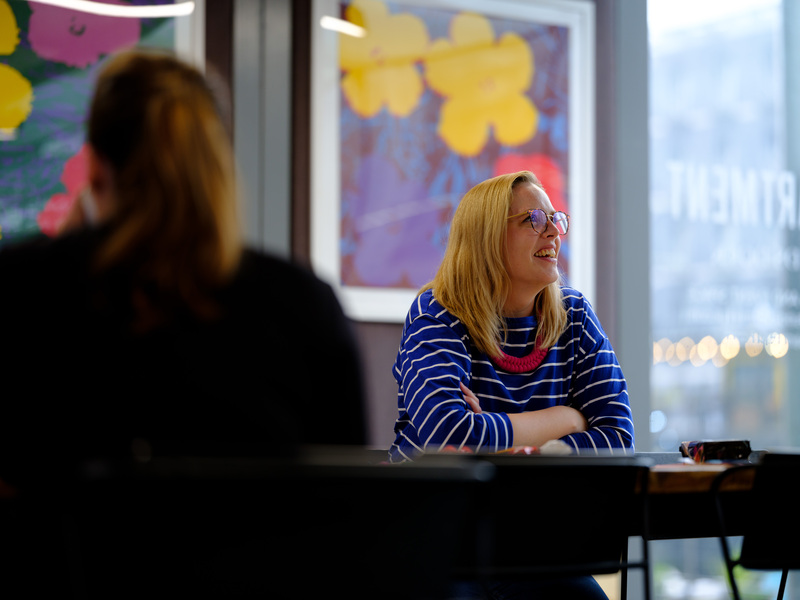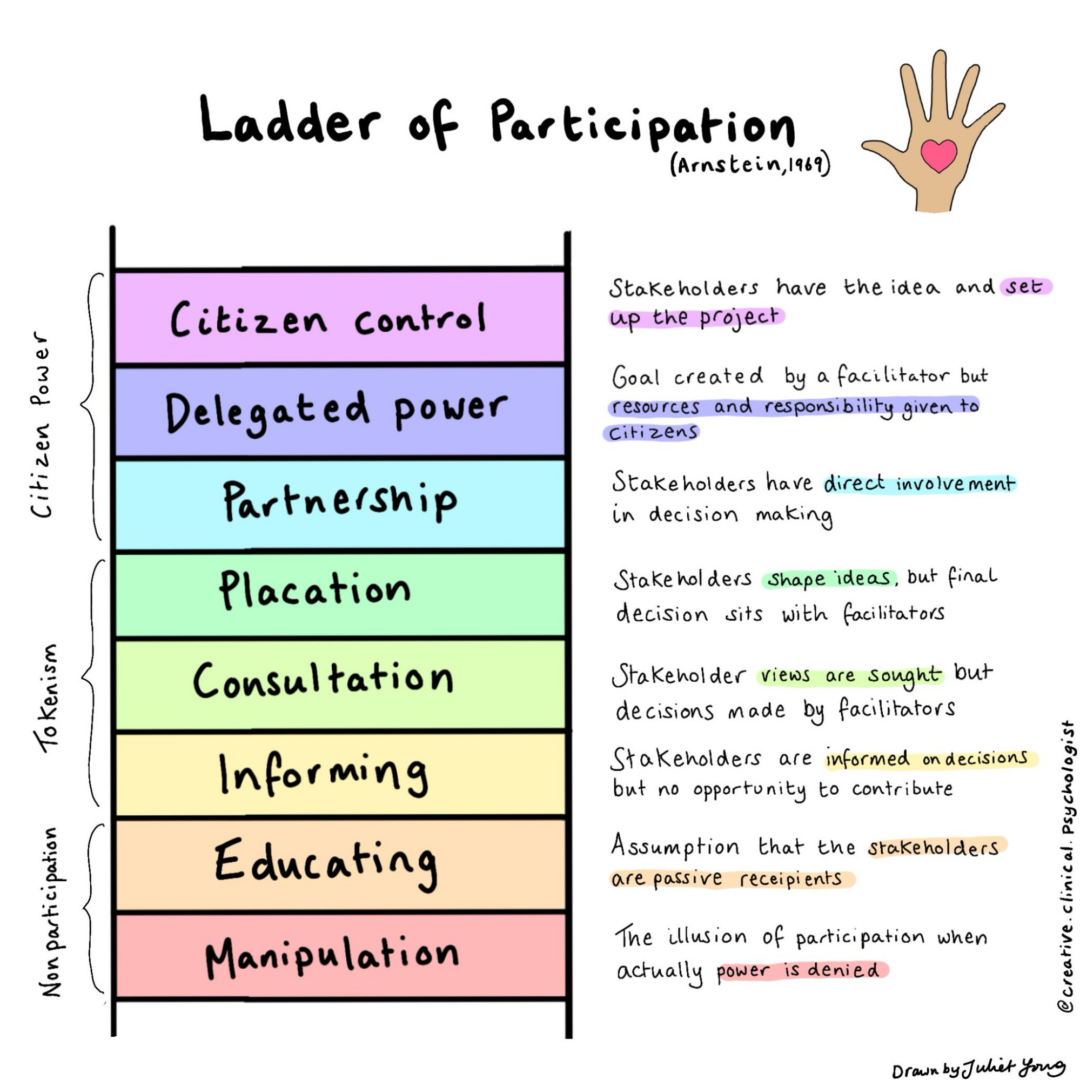3 things we learned about involving diverse communities in our work with Redbridge Council

Let’s try to get better at being honest about where the power exists in our processes
Our award-nominated work with Redbridge Council helped them think differently about how their diverse residents access Adult Social Care Services (ASC). With limited time and resources, we showed the Council new ways to involve communities so we could understand the barriers to access. This strengthened new service concepts and enabled Redbridge to develop solutions based on their value to people and the viability of delivery.
Reflecting on the project, here are 3 things we learned about working closely with communities that we’ll be taking forward into future work.
- It ain’t what you do, it’s the way that you do it
Project constraints might mean we can’t always carry out the perfect methodology. But we can still make sure every approach we take has the right intentions behind it. We should also make time for reflection, recognising what we could improve while remembering that we acted in good faith.
- Describe the reality, not the aspiration
Let’s try to get better at being honest about where the power exists in our processes. When we talk about our work, let’s be transparent about how users influenced a recommendation. Were they consulted, informed, or did they hold the decision making power?
We should be careful with our language – it’s easy to use buzzwords without thinking about their true meaning. If we say something is co-design, was it really? Using clear language helps us be transparent about our actions and their impact. The ladder of participation model is a useful tool to think about what sort of engagement is taking place in our work.

Image shows Ladder of Participation (Arnstein, 1969)
3. Can we make space?
Deadlines are important, but we must think about what they mean for engaging with the public. To develop solutions together, we need to focus on:
- Time: building relationships takes time, people need time to get on board and aligned with project objectives
- Commitment: establishing values and principles at the start
- Money: people are experts in their own experiences, they should be paid for their time
- Management: to really get value out of collaborators they need to be properly supported
These 3 reflections show the importance of being honest about our approaches. Honest with ourselves and clients about what’s feasible within project constraints, and honest with people in the community about how their input can influence outcomes (or not). To do co-design “properly”, requires dedication and long-term support to avoid it being tokenistic.
If we genuinely want to establish co-design with communities, we need to make sure time is built in to establish that community before the project starts in earnest.